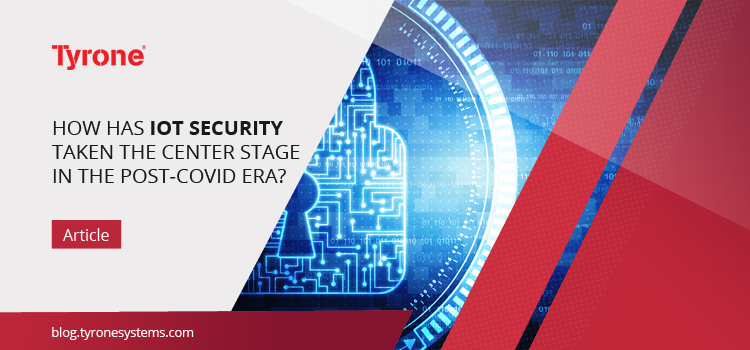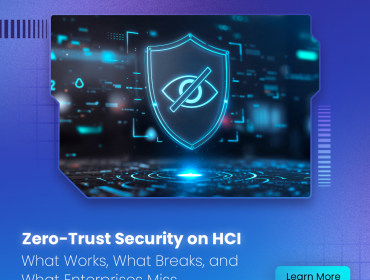Many technologies such as the Internet Of Things and smart applications play a key role in the development of societies and the economies and will contribute for sure to the development of new business models and development of long-term sustainable economies.
Business security is a ‘state of mind’ and not an end state, It keeps on evolving and changes with the changes in the various scenarios in the world. It has been a popular thought to ponder upon, but what it eludes is the fact and extent of investment towards security. Businesses today have exercised various security and safety measures within their organizations and for clients, they work with, but it isn’t easy to keep upgrading an organization’s infrastructure to incorporate these technology updates and also be abreast with the latest changes in technology that come by the day. Reverse engineering systems have remained the passcode for unlocking backdoors to capitalize on security vulnerabilities. The encompassing of new devices within the IoT ecosystem is ever-growing and has become the most challenging feature of incorporating this technology in the ever-evolving global businesses. Trillions of zettabytes of sensitive data are getting channelled through businesses each day. Security has thus, taken centre stage in the IoT world making it the most crucial point of data management, specifically during these crisis times, to tighten all the loose ends of the modern state of the art infrastructure & legacy technologies.
Industry reports predict the mixed impacts of COVID-19 on the IoT market. From the technology standpoint, businesses are considering CAPEX reduction over the short term and automating processes to make the supply chain and operations more flexible over the long term. Specific IoT applications like smart cities, remote asset tracking, drones, healthcare, with easy to install IoT solutions will have an advantage in the coming weeks. The challenge will be from the demand side than the supply side over the coming few months across below market areas.
Data Security: Clear text or default passwords have always been a source of opening front doors by a brute-force attack. One another route is password authentication has been the key to access control over devices. However, with same or default passwords given on publication can be the initial cause of brute force attacks. Tokens can be an excellent alternative to sharing sensitive data such as usernames and passwords over unsecured networks. Encryption on tokens can assure no communication of such private data. These tokens provide a light-weight framework that has time validity and other security attributes that can authenticate and manage keys using data encryption. An example is JSON web tokens are popularly used as a suitable option for tokens. Tokenization is one such method where the sensitive data, e.g., user’s SSN, is converted into a token. The authorized applications can retrieve the original data from the token.
Cloud Security: Cloud is a preferred business choice for flexibility across remote access, mobility, and cost-efficient control of IT systems. With this development, many mission-critical applications have also been housed on the cloud, which has raised major concerns on data privacy and security. Insecure APIs and data loss are one of the most common vulnerabilities among cloud applications. Distributed DoS attacks have emerged as a significant threat that can cause severe outages and even exposure to sensitive data. Experts suggest PKI as one of the effective ways of securing data in motion and mitigating identity theft by asymmetric encryption using digital certificates. With more devices enrolling within the IoT network, managing certificates and rotating or revoking them timely becomes a hassle.
Application Security: The application layer is difficult to defend as it is more accessible to the external world, which makes it less immune to vulnerabilities that can trespass intrusion detection systems. Malware, DDoS attacks, and SQL injections formulate the top three application security attacks where attackers could manipulate web application input to obtain confidential information without getting sniffed by defence systems, which are classified as zero-day vulnerabilities. It demands an adaptive intelligence ML algorithm that can classify such unknown vulnerabilities and detect IP threat packet patterns.
Device Security: IoT devices are under siege as Kaspersky confirmed more than 100mn attacks on their decoy servers popularly called as ‘Honeypots’ just in one half of the year. The prime intent of attackers is to capitalize on the weak security of IoT products and monetize on IoT botnets for stealth-like attacks, which are majorly conducted by groups of malware – Mirai using exploits, Nyadrop & Gafgyt using brute-force techniques. This makes firewalling unauthenticated devices with robust, secure, and updated network access authentication frameworks over wired and wireless interfaces. In today’s scenario, embedding the SSL layer on devices demands processing and memory power of the device along with the implementation and modification of the cipher-suites.
Blockchain: Businesses are researching options to enhance the security of IoT devices with increased trust and transparency using Blockchain, as it provides a decentralized environment to the IoT ecosystem. Although the immutability feature is seen as a USP for Blockchain, many businesses are hesitant towards investing in real-life use cases. Supply chain & automotive industries are the next best fit for Blockchain beyond the financial market.
Final words
The direct lesson we can learn from COVID-19 pandemic is that solving immediate problems is not enough if the adopted solution doesn’t prevent their presence again in the future. IoT will play an important role in containing and treating COVID-19, but it is also the right solution to monitor, prevent and control future pandemics.












